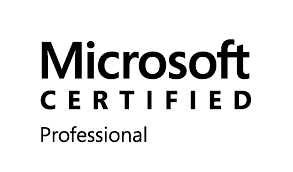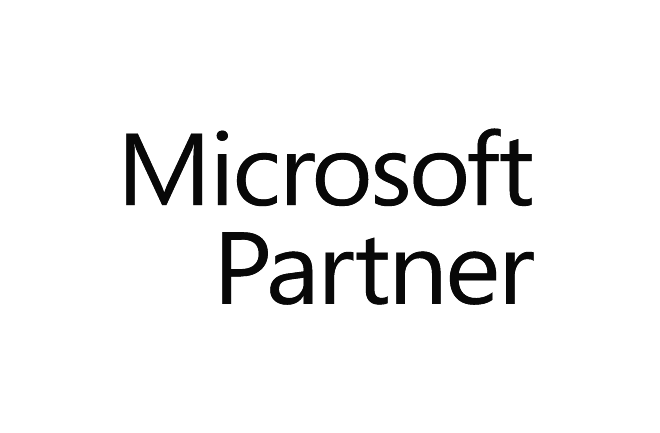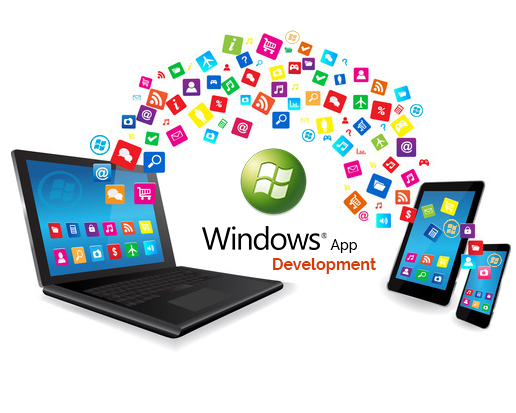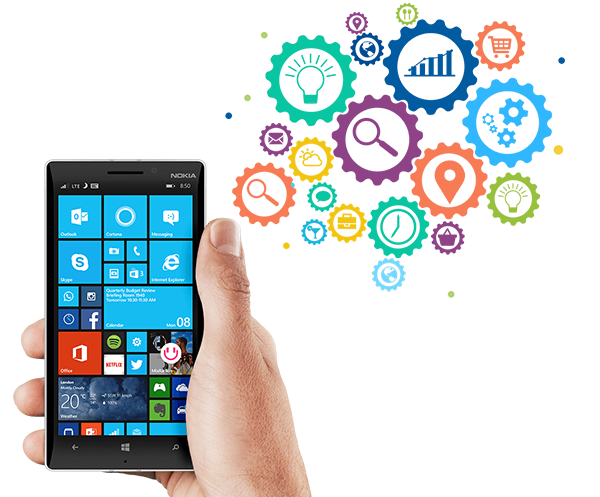Partner with us as your safe pair of
Windows application development hands

Yes, we are experienced with, experts at, well versed in, adept at, battle hardened with
Console applications, Windows Services, .NET MAUI, Blazor Hybrid, UWP XAML (Windows.UI.Xaml), Win32 (MFC or ATL), Windows Forms, WinUI 3, WPF
Why Windows applications are still essential tools for your business in 2025?
Robust Security
With advanced security features, Windows applications safeguard sensitive business data against cyber threats, ensuring peace of mind and compliance with regulations.
Benefit from our many years of Windows application development Expertise
Despite the rapid shift of businesses of all scales towards enterprise cloud-based digital solutions, there is a persistent demand for custom Windows applications.
Windows Apps Customised for Your Business
Our team is committed to delivering high-quality, future-proof applications that meet your specific needs, leveraging the right technology to provide the best user experience and performance.
Rich User Experience
Leveraging the power of native Windows features, these applications deliver a rich and intuitive user experience, enhancing user satisfaction and engagement.
Long-term Support
Windows applications benefit from Microsoft's long-term support, including regular updates and patches, contributing to a secure and stable software environment.
Broad Compatibility
Designed to operate on the Windows platform, these applications enjoy broad compatibility across a wide range of hardware, ensuring accessibility and performance for all users.
Cost-Effective Deployment
Windows applications can be more cost-effective to deploy and maintain, especially for businesses already entrenched in the Windows ecosystem, reducing the need for additional infrastructure investments.
Advanced Performance Capabilities
Taking full advantage of the underlying Windows OS, these applications offer advanced performance capabilities, ensuring efficient processing and responsiveness even in demanding scenarios.
Offline Access
Windows applications provide reliable offline access, ensuring that critical business functions remain available without an internet connection, boosting resilience and continuity.
Secure
End-to-end encryption and security best practices, ensuring your data remains safe at all times and adheres to compliance standards for your business domain.
Advanced Performance Capabilities
We develop applications that take full advantage of the underlying Windows OS, these applications offer advanced performance capabilities, ensuring efficient processing and responsiveness even in demanding scenarios.
Windows Forms development considerations
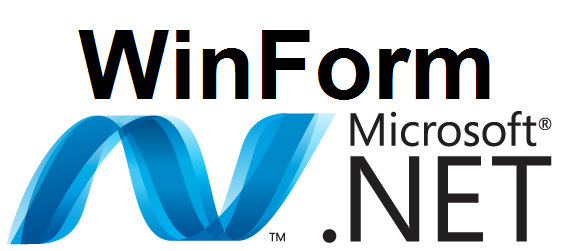
Background
Windows Forms is the original platform for managed Windows applications with a lightweight UI model and access to .NET or the .NET Framework. It excels at enabling developers to quickly get started building applications, even for developers new to the platform. This is a forms-based, rapid application development platform with a large built-in collection of visual and non-visual drag-and-drop controls. Windows Forms does not use XAML, so deciding later to rewrite your application to WinUI 3 entails a complete re-write of your UI.
Pros
Supports C# and Visual Basic, making it accessible for a broad range of developers.
Drag-and-drop UI designer simplifies form creation.
Hot Reload support.
Cons
Does not natively support Fluent Design.
Limited to Windows platform with no cross-platform development capabilities.
At Assemblysoft we have developed many WinForms applications and know how to get the best performance for your users.
WPF (Windows Presentation Foundation) development considerations

Background
WPF is a well-established platform for managed Windows applications with access to .NET or the .NET Framework, and it also uses XAML markup to separate UI from code. This platform is designed for desktop applications that require a sophisticated UI, styles customization, and graphics-intensive scenarios. WPF development skills are similar to WinUI 3 development skills, so migrating from WPF to WinUI 3 is easier than migrating from Windows Forms.
Pros
Supports C# and Visual Basic, making it suitable for a wide developer audience.
Drag-and-drop UI designer and hot reload for streamlined UI development.
Supports Fluent Design through additional libraries.
Cons
Primarily for Windows development with no built-in cross-platform capabilities.
At Assemblysoft we have real world experience delivering WPF applications that are still supporting businesses like yours.
WinUI 3 development considerations

Background
The Windows UI Library (WinUI) 3 is the latest user interface (UI) framework for Windows desktop apps, including managed apps that use C# and .NET, and native apps that use C++ with the Win32 API. It is still under very active development, so while it might not be able to meet all your needs today it's maturing with every release.
Pros
Modern UI framework that supports Fluent Design.
Hot Reload for efficient UI development.
Integrates well with the Windows App SDK.
Cons
No drag-and-drop UI designer.
Limited to Windows, with no direct support for cross-platform development.
At Assemblysoft we can help you develop a WinUI 3 windows application that can support your business with a robust and fluent design.
Win32 (MFC or ATL) development considerations

Background
Win32 desktop apps (also sometimes called classic desktop apps) are the original app type for native Windows applications that require direct access to Windows and hardware. This makes this the app type of choice for applications that need the highest level of performance and direct access to system hardware.
Pros
Offers deep integration with the Windows operating system.
Supports C++ and Rust, ideal for high-performance applications.
Cons
No built-in support for Fluent Design or .NET.
Lacks a drag-and-drop UI designer and hot reload capabilities.
At Assemblysoft we started out writing pure Win32 and then naturally progressed to (Microsoft Foundation Classes) MFC application development. We can help you maintian or modernise your MFC apps.
UWP XAML (Windows.UI.Xaml) development considerations

Background
The Universal Windows Platform (UWP) provides a common type system, APIs, and application model for all devices in the Universal Windows Platform. Not only can you use UWP to create desktop applications for Windows PCs, but UWP is also the only supported platform to write a single native universal app that runs across Xbox, HoloLens, and Surface Hub. UWP apps can be native or managed.
Pros
Full support for C#, C++, and Visual Basic.
Drag-and-drop UI designer available.
Hot Reload for UI debugging.
Fluent Design System support through WinUI 2.
Cons
Limited to Windows platform, no cross-platform capabilities.
Sandboxing might limit certain types of integrations and functionalities.


